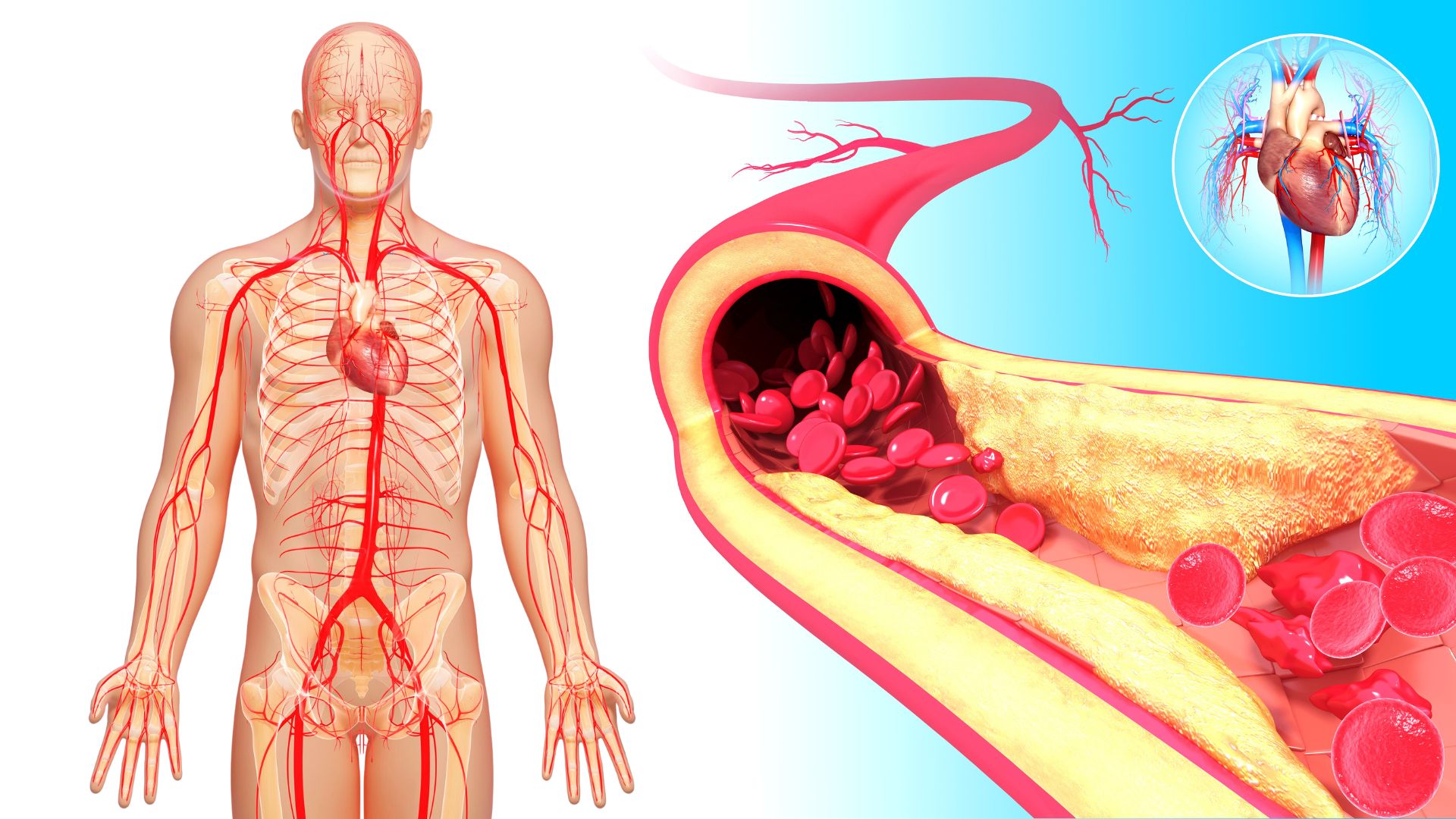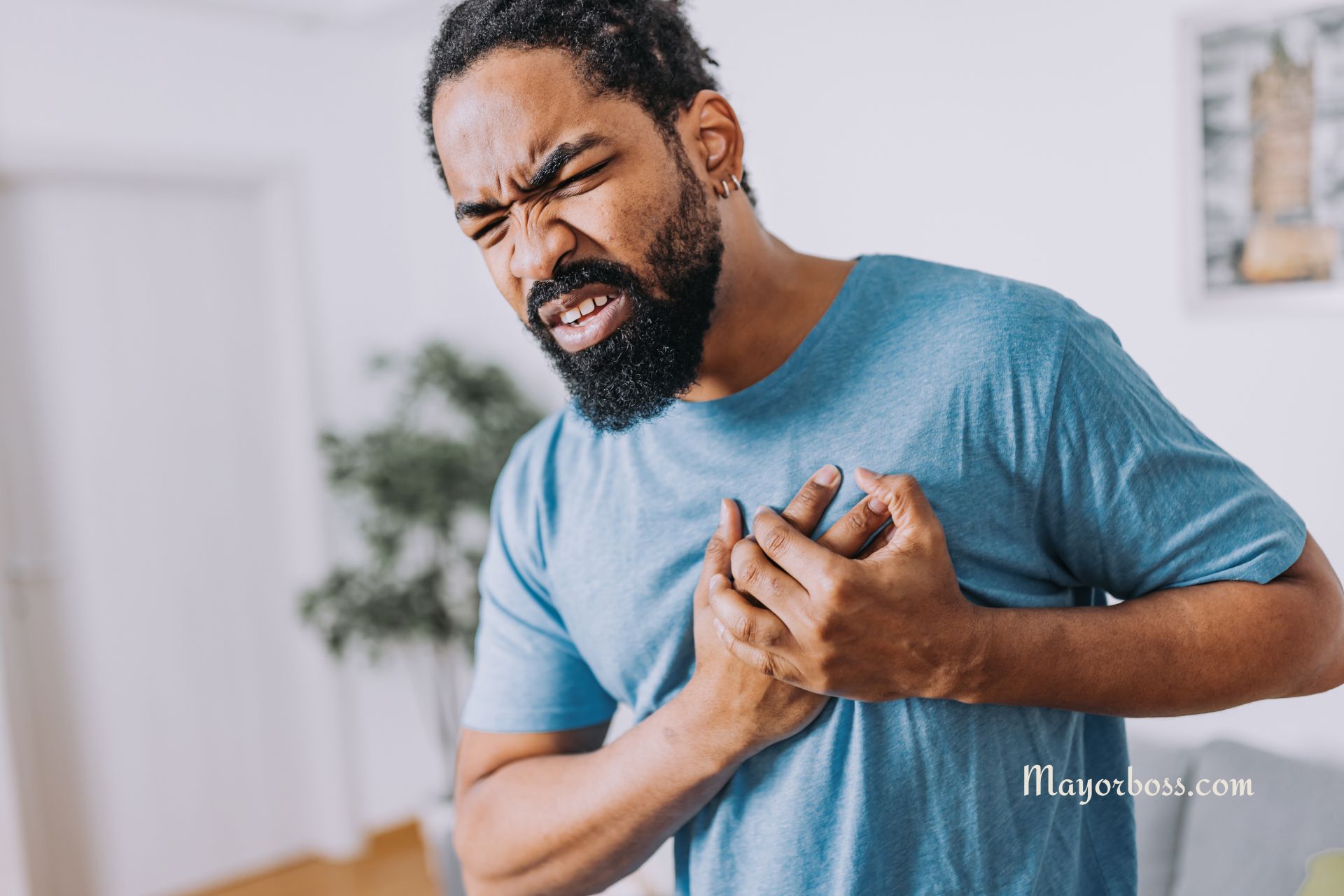8 Early Warning Signs of Liver Damage

Your liver is a vital organ that performs essential tasks like detoxifying your blood, producing bile for digestion, and storing nutrients. When your liver becomes damaged, it often shows signs that are easy to overlook. However, catching liver problems early can prevent severe complications. Here are eight early warning signs of liver damage you shouldn’t ignore.
1. Fatigue and Weakness Could Be a Sign of Liver Stress
Feeling exhausted all the time or experiencing weakness even when you haven’t exerted much energy? One of the first signs of liver damage is chronic fatigue. As your liver becomes overworked or starts to fail, it struggles to process toxins, which can leave you feeling unusually tired or weak. Fatigue is easy to dismiss as a result of a busy life, but when it’s persistent and unexplained, it could signal liver trouble.
2. Jaundice or Yellowing of the Skin and Eyes Is a Major Indicator
One of the most recognizable symptoms of liver damage is jaundice, also known as icterus, which causes the skin and the whites of the eyes to turn yellow. This happens when the liver is incapable of processing bilirubin, a yellow pigment formed by the breakdown of red blood cells. If the liver can’t filter it out, the pigment builds up in the body, leading to yellowish skin and eyes.
If you notice any yellowing of the skin or eyes, it’s crucial to seek medical attention, as jaundice is often a sign of serious liver damage.
3. Swelling in the Abdomen Could Point to Fluid Retention
If you notice abdominal swelling or bloating that doesn’t seem related to your diet, it could be a sign of liver damage. A swollen abdomen, known as ascites, happens when fluid builds up in the abdominal cavity due to poor liver function. This can cause discomfort, difficulty breathing, and even pain as the condition worsens.
If the swelling is severe or persistent, it’s essential to see your doctor for evaluation, as ascites can signal advanced liver disease.
4. Unexplained Weight Loss Could Be Due to Liver Dysfunction
Sudden and unexplained weight loss might sound appealing to some, but it could actually indicate liver damage. When your liver isn’t working properly, it may struggle to absorb nutrients, process food, or regulate your metabolism. This can lead to rapid weight loss, along with a loss of appetite.
If you’re dropping pounds without trying and feeling weak or fatigued, it’s important to talk to your doctor to rule out liver issues.
5. Nausea and Vomiting Can Be an Early Symptom of Liver Damage
Feeling nauseous or experiencing vomiting frequently could be another warning sign. Liver damage affects your body’s ability to filter out toxins, which can lead to feelings of nausea, particularly after eating. In some cases, the nausea may worsen into vomiting. These symptoms can easily be mistaken for stomach-related issues, but if they persist, it’s worth considering liver health as the cause.
6. Dark Urine and Pale Stools Could Indicate Liver Problems
Changes in the color of your urine or stool can also be an early indicator of liver damage. Dark urine (despite drinking plenty of water) could suggest that excess bilirubin is being excreted through your kidneys instead of your liver. Meanwhile, pale or clay-colored stools could mean that the liver isn’t producing enough bile to properly digest fats.
If you notice a significant change in the color of your urine or stool, especially alongside other symptoms like fatigue or jaundice, it’s time to seek medical advice.
7. Bruising Easily May Signal Impaired Liver Function
If you’ve started bruising easily or notice that cuts and scrapes take longer to heal, this could be a sign of liver damage. Your liver plays a key role in producing proteins that help with blood clotting. When it’s damaged, these clotting factors may decrease, leading to more frequent bruising or bleeding.
If you find yourself bruising more often without a clear cause, it’s worth having your liver function checked.
8. Itchy Skin Can Be an Overlooked Symptom of Liver Issues
Persistent, itchy skin (also known as pruritus) can sometimes be an early warning sign of liver damage. This happens because bile salts can build up under the skin when the liver isn’t working properly, leading to irritation and itching. While this might seem like an unrelated symptom, it’s important to consider liver health if the itching is persistent and doesn’t improve with moisturizers or antihistamines.
When Should You See a Doctor?
If you experience one or more of these symptoms, it’s important to see a doctor, especially if they persist or worsen. Early detection of liver damage can prevent more serious complications, such as liver failure or cirrhosis. Your doctor may recommend blood tests, imaging studies, or even a liver biopsy to determine the cause and extent of the damage.
Conclusion
Liver damage can develop gradually, but by paying attention to these early warning signs, you can catch problems before they become severe. If you notice fatigue, jaundice, abdominal swelling, or any other symptoms mentioned above, don’t hesitate to talk to your doctor. Managing liver health through lifestyle changes, such as a healthy diet, regular exercise, and avoiding excessive alcohol use, can go a long way in protecting this vital organ.






